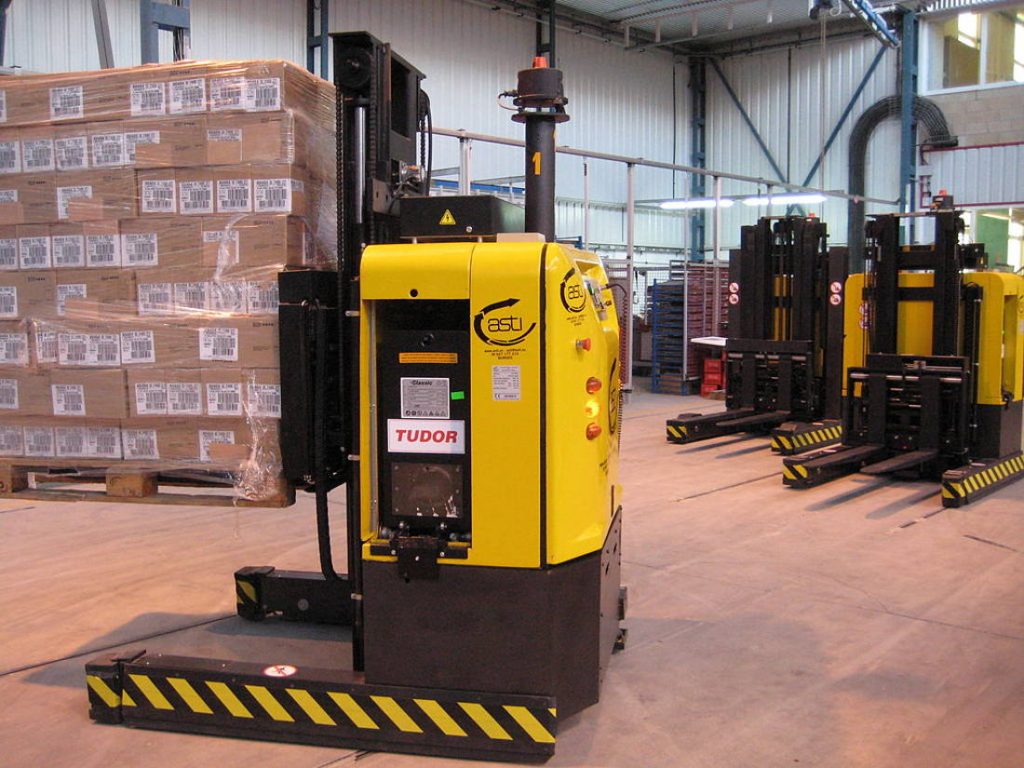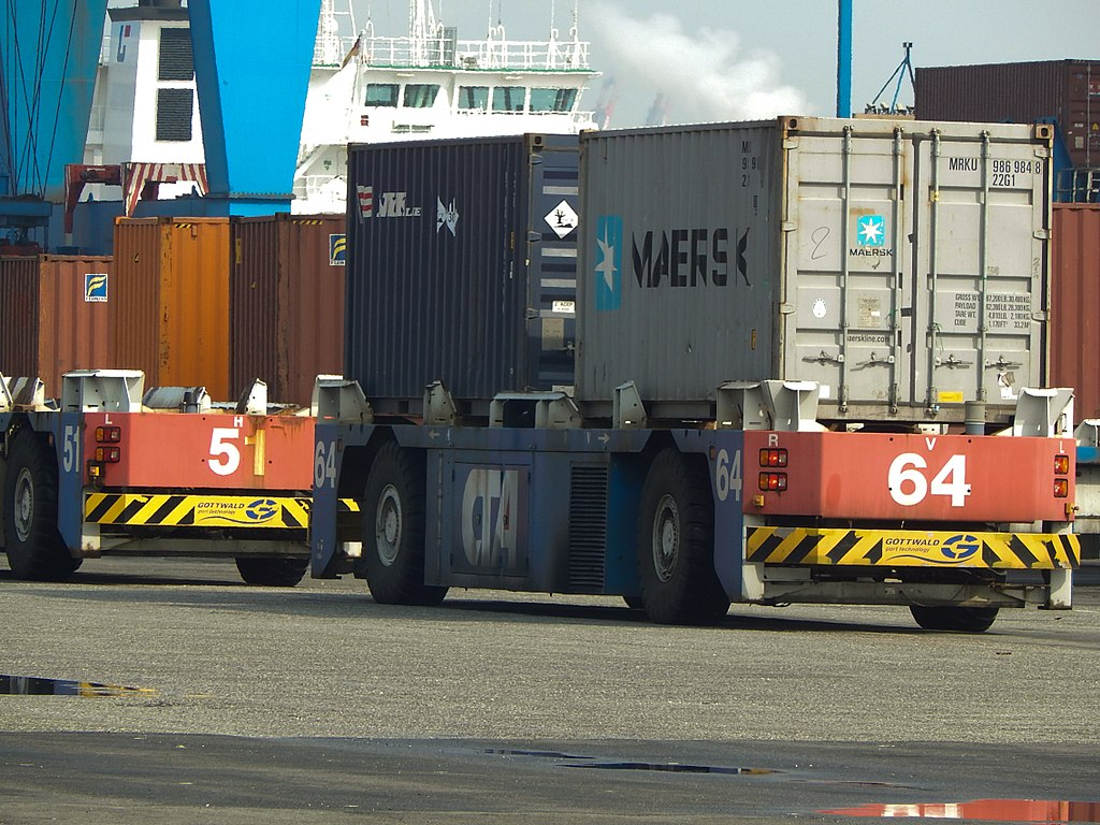A report by the Office of National Statistics of the United Kingdom predicted that close 1.5 million Brits could lose jobs to automation. According to the report, improved functionality of automated guided vehicles (AGVs) could enable them to work as waiters, bar staff, and even shelf fillers. Although such news might paint a bleak picture of what the future looks like to many people, that should not be the case. It is because the AGV industry is growing fast and could open up new and unprecedented opportunities.

The demand for AGVs across the globe is increasing year on year. In 2018, there were 69,825 units of AGVs sold. This year, Statista data shows that the volume could grow by 40% to 97,755 units. Interestingly, the industry was one of the best performing industries in 2018, where it registered over $957 million in revenues. In particular, the revenue was generated by 49 businesses alone, according to data by IBIS World. Further, IBIS World noted that the industry expanded by 45.9% CAGR between 2013 and 2018.

Countries that are aggressively pursuing AGV industry
According to AGV International, an industry specialist based in the Netherlands, AGVs are crucial in improving the efficiency of warehousing and logistics. Specifically, companies that deploy automated guided vehicles can save on labor costs while enhancing customer satisfaction. In particular, the AGVs include smart technologies and devices that improve efficiency while minimizing costs. As such, companies can grow their production capacity without incurring more costs in terms of labor.
From the foregoing, it is apparent that companies that operate in developed economies like North America, Europe, China, and South Korea are the largest users of AGVs. According to Industry ARC, an analytics and research consultancy, North America leads the global AGV market by revenue generated. Additionally, the region accounted for more than 36.72% of the global AGV market share. Further, Industry ARC noted that the proliferation of the e-commerce industry in North America is the reason behind the massive demand for AGVs.
China is the second-largest player in the AGV industry in terms of market share. In 2016 alone, AGV sales in the country were 9,950 units, an 88.5% year-on-year growth from 2015. Between 2017 and 2021, China’s AGV sales should grow at 43% CAGR to 61,000 units, according to Research In China, a business intelligence company based in China.
Sectors where the application of AGV is most today
The industrial production sector is the largest user of AGVs. Interestingly, many manufacturing companies are using robots and other AGVs to facilitate the production process. According to Arizton, a global advisory and intelligence company, there will be close to 2 million robots installed in industries worldwide. As such, the robot density will grow substantially from 74 in 2016. In particular, the automotive industry is the largest user of AGVs.
Other sectors that are using AGVs include the e-commerce sector. Notably, there is a growing need for speed in the e-commerce industry as customers continue to demand a one-day delivery of products. As such, companies are using AGVs to expedite packaging and movement of packages from one point to another. Further, e-commerce warehouses are getting more crowded, hence the need for AGVs to help clear the clatter faster. Interestingly, companies like Ward Systems Inc., Savant Automation Inc., and America In Motion make the growth in the use of AGVs possible. The companies are the largest manufacturers of AGVs in the world.
Industry outlook
Growth in automation, industrial production, and the expanding e-commerce industry are fueling the demand for AGVs. According to Statista, the increase in the market volume of the AGV industry should grow consistently between 2018 and 2025. While the volume was at just 69,825 units of AGVs in 2018, the volume will increase to massive 371,713 units in 2025. Interestingly, a Grand View Research report agrees with Statista. The research firm estimates that the AGV market size will be worth $7.28 billion by 2025, implying a 15.8% CAGR. Advancement in technology that supports the operation of the AGVs should provide more energy for the growth of the industry.


